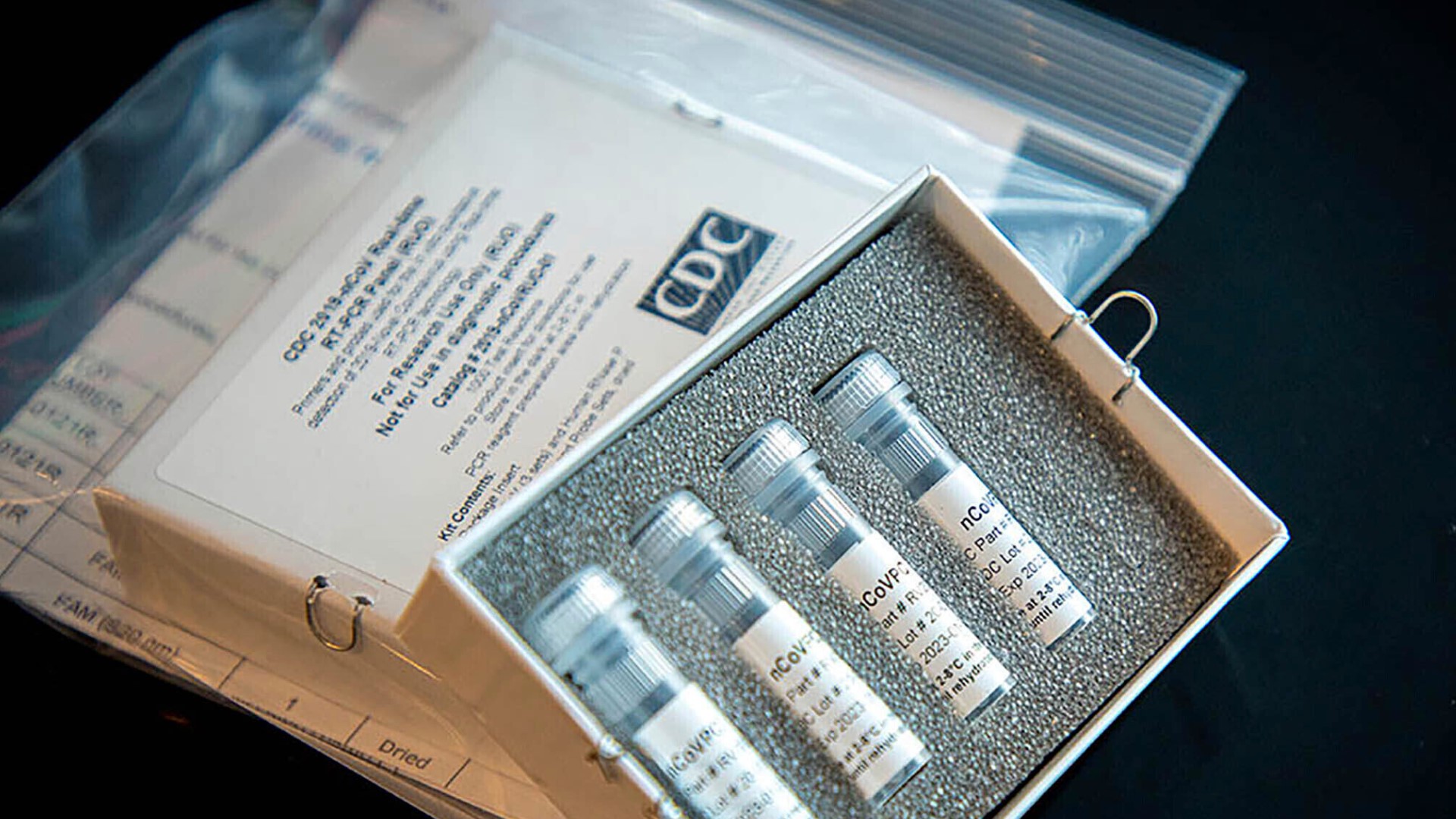SACRAMENTO, Calif. — Dr. Mark Ghaly, Secretary of California Health and Human Services, gave an update Tuesday on the state's response to the coronavirus pandemic, addressing the recent issues with the CalREDIE electronic case reporting system.
"The CalREDIE system has multiple components to it," Dr. Ghaly said. "There's a specific component that feeds information from labs to both the state's system and the local public health system. That may actually be the place where data is getting stuck."
CalREDIE, which stands for California Reportable Disease Information Exchange, is a secure system that allows laboratories to send coronavirus testing results to state and local health departments.
Recently, the system has been experiencing technical issues, which could lead to larger problems in the future.
"Absolutely, it will be hindered without this information," Dr. Ghaly said of contact tracing, as data that could identify future hotspots gets clogged in the system.
“There is a problem with the electronic lab reporting system and so we don’t actually have an accurate count of our positive cases here in San Joaquin,” Dr. Maggie Park, San Joaquin County’s Health Officer, said.
Dr. Park’s sentiment was echoed by Dr. Olivia Kasirye, Sacramento County’s Public Health Officer.
“When you look at the number of cases we’ve been receiving over the last two weeks or so, it’s averaged around 200,” Dr. Kasirye said. “Then over the last couple of days, it dropped to about 50, so that is a very dramatic drop.”
The 7-day positivity rate is also affected by this error, though Dr. Ghaly says the 14-day positivity rate can still show somewhat accurate trends, as it reflects a longer period of time.
Dr. Ghaly said that state health officials are trying to understand the issue more in detail, but are not sure when there will be a fix. In the meantime, he said "parallel" processes are working to get the same information back to local public health departments.
These issues with CalREDIE could affect more than data on coronavirus spread, as school districts are relying on this information to determine how to re-open for in-person instruction in the future.
Dr. Erica Pan, the state epidemiologist, further explained the re-opening framework as it stands now. Going back to school will look different.
She said that safety plans would need to be put in place, which may include health screenings, face coverings for all, and limited class sizes. School districts in counties on the monitoring list cannot open for in-person instruction until they have been off the list for at least 14 days.
It is unclear how these technical issues, which are causing positive cases to be underreported, will impact schools re-opening.
According to Dr. Ghaly, 8.3 million tests have been conducted in California, which is roughly 14% of the total tests conducted in the U.S. The state is currently holding constant at above 120,000 tests a day.
Dr. Ghaly said that there is still room for improvement when it comes to testing, and fixing issues with CalREDIE is just one of those necessary advancements.
► FOR THE LATEST CORONAVIRUS NEWS,
DOWNLOAD OUR APP:
►Stay in the know! Sign up now for the Daily Blend Newsletter
As a bedside nurse for cancer patients, Angela Gomez-Aistrup believes she contracted the coronavirus while on the job at St. Joseph's Medical Center.



